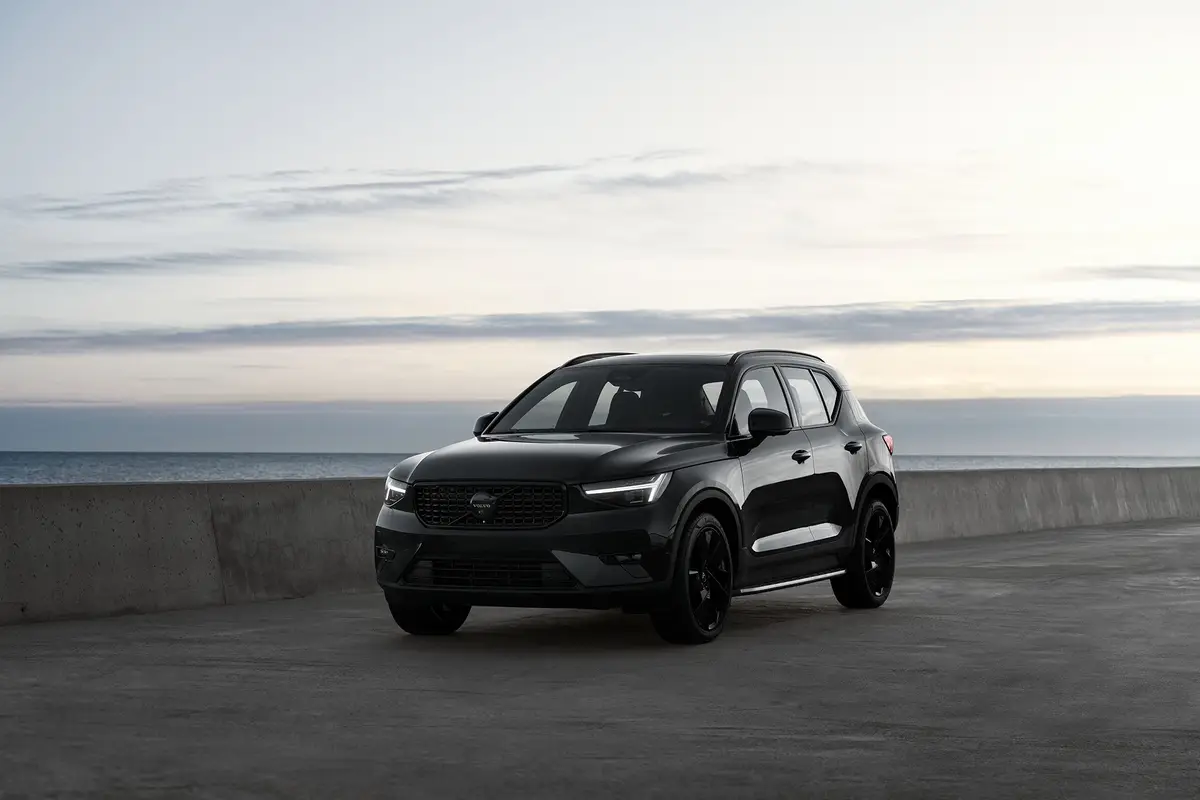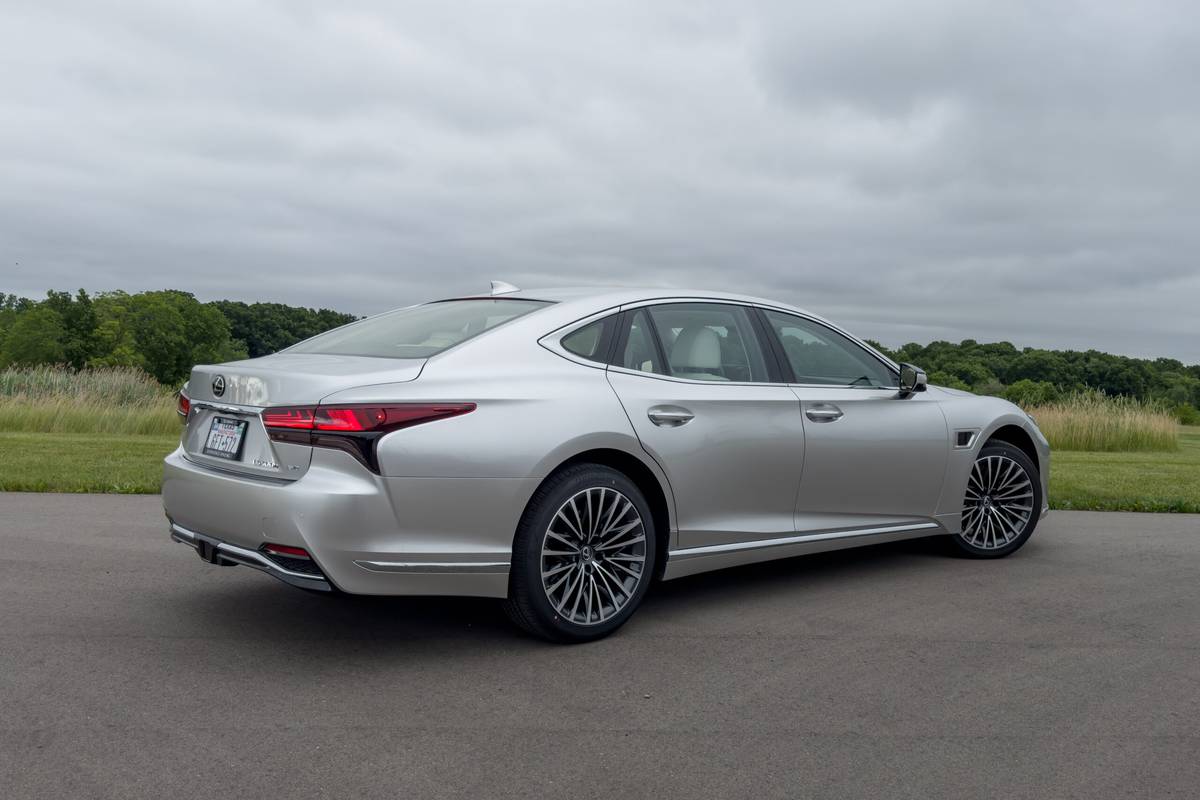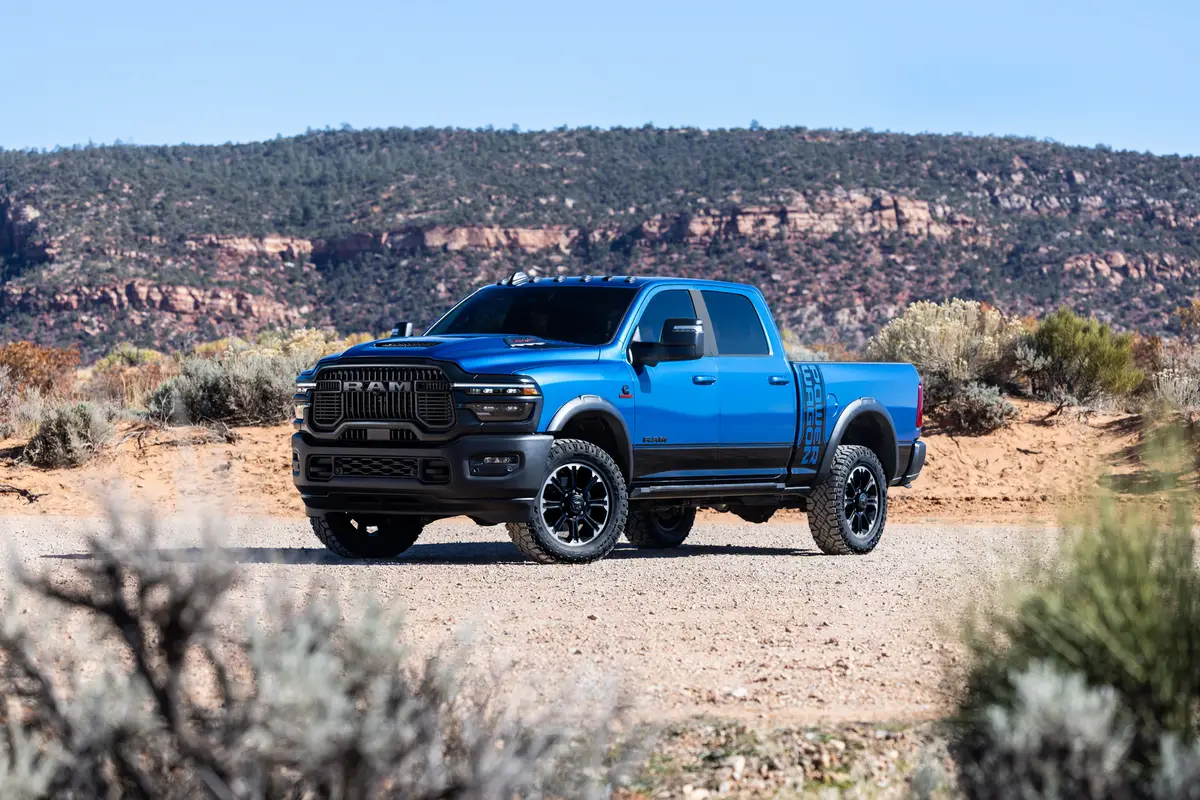Boston.com's view
Remember those odd-looking toys that were all the rage a few years back – strange contortions of plastic and metal that, once opened up, became robots or planes or cars or monsters? Transformers, they were called.
Check out the new Pontiac Aztek, which first appeared as a concept car at the North American International Auto Show in Detroit in 1999. Interesting, some folks said. Curious … unique … bold … plug ugly.
A humped beast, its stubby front pushed low, butt sitting high, cow-catcher cladding on its nose, more thick cladding up the sides. Ah, but what would it become, this Transformer?
Now we know. It’s a minivan, it’s an SUV, it’s a station wagon, it’s a hauler for a mountain bike racing team, it’s a tent platform.
Take out the rear seats, you can lay down sheets of plywood. Install optional interior bicycle racks and bicycles will stand up inside. Fill it with climbing and camping gear. Soil its optional removable seat covers and toss them in the washing machine.
The possibilities of Transformation go on and on … but more on those later.
First, let’s get over the Aztek’s appearance. You’ll love it or you’ll hate it. And many will ask, who will buy an ugly, underpowered box of a vehicle even if it is roomy and comfortable and could become a cult object? Remember the VW bus?
Second, how’s it drive?
Just like a minivan. From the chopped view over the sloping hood to its actual handling. Not real peppy, but it will easily go faster than you should be driving a vehicle that was meant to ”haul,” as in people and goods, not ”haul,” as in go wicked fast.
It’s fine straight ahead, passes nimbly, understeers through sharp corners, and tends to tip like any van or SUV. None of these are bad things if you understand what you are driving. And with a wheelbase of 108.3 inches, it’s got a surprisingly short turning radius for a large cargo-people hauler. The interior is a classic blend of form and function. Wide front bucket seats, an ample bench in the rear. Seats done up in a camouflage-look material that feels as if you could scrub it with a wire brush. Bins and nets for storage surround you, door panels to the ceiling.
The test vehicle was a front-wheel-drive model, though all-wheel drive will be available after the first of the year. That will only add to the utility of this most utilitarian of vehicles.
It offers a tight, very quiet ride. The ride is supported by independent struts, control arms, coil springs up front; a rigid axle, trailing arms, antiroll bar, coil springs, and stiffening rod in the rear. This means the softness of a minivan ride while also letting you load it up with weighty gear.
There has been some criticism that its 3.4-liter V6 is not enough engine for this nearly 2-ton car. Unless you’re planning on big towing jobs or hauling heavy loads all the time, I don’t agree. This moves just fine, even with all five seats occupied, and the car got just over 20 miles per gallon in two weeks of driving.
But Pontiac may have to offer a bigger optional engine in the future, particularly with its all-wheel-drive model, whose drivers may be expecting more power and torque.
The four-speed automatic transmission did what a good automatic should do – shifted without making any statements.
But this is more than just a car to be driven. It’s meant to be a car you can experience.
You’ve got head phones for the kids in back. Zoned climate control. The console between the seats turns into a cooler you can take out for picnics and tailgating parties. Open the rear gate for one of those parties and you’ll find cupholders, big speakers, and audio controls. Fun and function.
But, as they say in those late-night TV commercials, ”Wait, there’s more … it’s not only a breath mint, it’s a car wax … .” Or something like that.
Indeed, optional packages, ranging in price from $185 to $500, let you turn your Aztek into a bicycle hauler, a bas amp for hiking trips, a destination for camping trips.
The biking package, for instance, offers bicycle racks for either the roof or the interior. You get rubber floor mats and waterproof seat covers, to protect from the mud and road grime that accompanies a used bike.
The hiking package includes seat-mountable backpacks – good for hauling on the road, used as backpacks when you hit the trail.
And the camping package – sure to be a favorite – turns the rear of the Aztek into a tent. There’s an inflatable air mattress with a built-in pump (no Bill Clinton jokes here, please), and a tent that clips to the raised rear gate, drapes down to attachments beneath, and seals off the interior for two sleeping souls. If the weather is particularly windy, you can even use ropes and stakes to anchor it for more stability.
One thing I noticed in driving the Aztek is that young people like this concept. They see through its appearance and cut right to the utility.
I could get used to its appearance, as it likely would fade in the glow of that utility. It’s not a car you have to like to admire. And there are so many permutations that you can create by tinkering with packages that you can customize it to your own tastes. I wouldn’t be surprised to see some of its funkier features show up in more ”normal” looking vehicles in the future.
If you don’t like its looks, fine. But you’re making a mistake if you reject it on that basis alone.
Nice touch:
The massive, dimpled interior door grips on front and rear doors.
Annoyance:
The overprotective function of the automatic lock system. When I stop the car, I want to be able to open the doors without worrying about being in park and without having to push a central button.
Latest news



